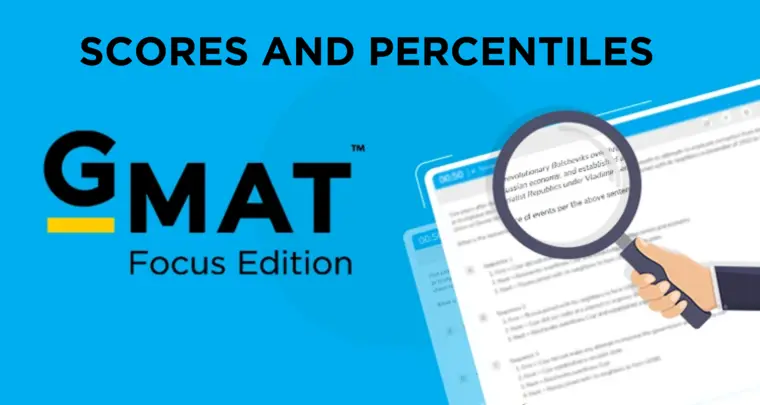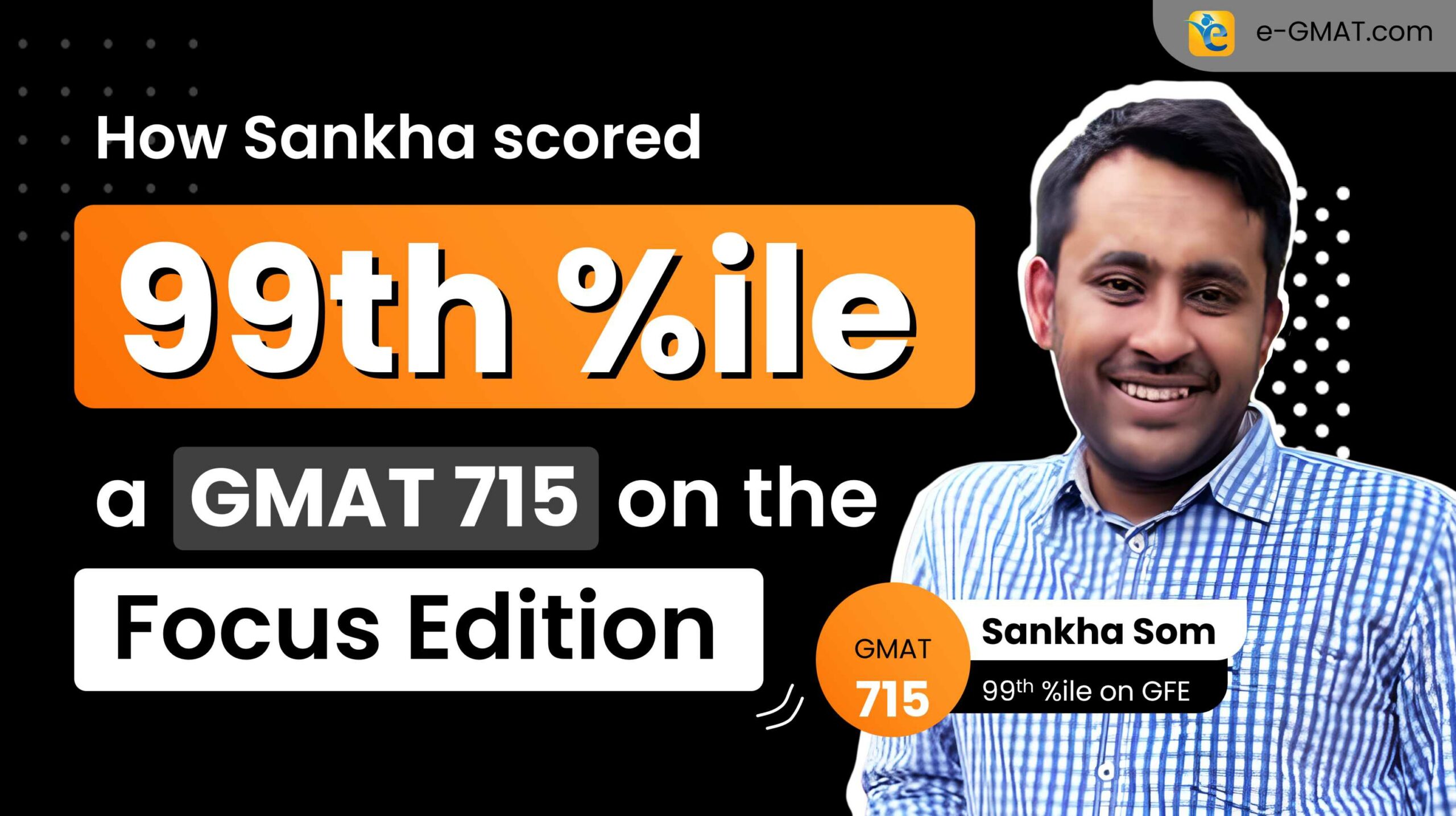Question: If n is a positive integer, how many of the ten digits from 0 through 9 could be the units digits of n³?
Options:
- A. Four
- B. Five
- C. Six
- D. Nine
- E. Ten
2. Solution Section:
Solution:
- Translate the problem requirements: We need to find how many different digits (0-9) can appear as the units digit when we cube positive integers. This means examining the pattern of units digits in n³.
- Identify the pattern source: Since the units digit of n³ depends only on the units digit of n, we only need to examine what happens when we cube each digit 0 through 9.
- Calculate units digits systematically: Cube each digit from 0 to 9 and record the units digit of each result to identify all possible outcomes.
- Count the distinct results: Determine how many different units digits appear in our list of cubed values.
Execution of Strategic Approach
- Translate the problem requirements Let’s break down what this question is really asking us. We want to know: if we take any positive integer n and cube it (multiply it by itself three times), what are all the possible digits that could appear in the units place of that result?
For example, if n = 7, then n³ = 7 × 7 × 7 = 343, so the units digit is 3. We need to find how many different units digits are possible when we do this for all positive integers.
The key insight here is that we don’t need to check every single positive integer – that would be impossible! Instead, we can use a shortcut.
Process Skill: TRANSLATE – Converting the abstract question into a concrete task we can execute
- Identify the pattern source Here’s the crucial realization: when we’re looking at the units digit of n³, we only need to care about the units digit of n itself. Why? Because when we multiply numbers, the units digit of the result depends only on the units digits of the numbers we’re multiplying.
For example:
- 17³ has the same units digit as 7³ (because 17 and 7 both end in 7)
- 23³ has the same units digit as 3³ (because 23 and 3 both end in 3)
- 150³ has the same units digit as 0³ (because 150 and 0 both end in 0)
This means we only need to check what happens when we cube the digits 0, 1, 2, 3, 4, 5, 6, 7, 8, and 9.
Process Skill: SIMPLIFY – Reducing an infinite problem to checking just 10 cases
- Calculate units digits systematically Now let’s cube each digit from 0 to 9 and see what units digit we get:
- 0³ = 0 × 0 × 0 = 0 → units digit is 0
- 1³ = 1 × 1 × 1 = 1 → units digit is 1
- 2³ = 2 × 2 × 2 = 8 → units digit is 8
- 3³ = 3 × 3 × 3 = 27 → units digit is 7
- 4³ = 4 × 4 × 4 = 64 → units digit is 4
- 5³ = 5 × 5 × 5 = 125 → units digit is 5
- 6³ = 6 × 6 × 6 = 216 → units digit is 6
- 7³ = 7 × 7 × 7 = 343 → units digit is 3
- 8³ = 8 × 8 × 8 = 512 → units digit is 2
- 9³ = 9 × 9 × 9 = 729 → units digit is 9
So the possible units digits when we cube numbers are: 0, 1, 2, 3, 4, 5, 6, 7, 8, 9
- Count the distinct results Looking at our list of possible units digits: {0, 1, 2, 3, 4, 5, 6, 7, 8, 9}
We can see that all ten digits from 0 through 9 appear exactly once in our results. This means that every single digit can be the units digit of some perfect cube.
Therefore, the answer is 10.
Process Skill: CONSIDER ALL CASES – We systematically checked every possibility to ensure we didn’t miss any
Final Answer All ten digits (0 through 9) can appear as the units digit of n³ for some positive integer n.
The answer is E. Ten
Common Faltering Points
Errors while devising the approach
Faltering Point 1: Not recognizing the units digit pattern Students may attempt to calculate actual cubes of large numbers like 17³ or 23³, not realizing that only the units digit of the original number matters for determining the units digit of the cube. This leads to unnecessary complex calculations and potential errors.
Faltering Point 2: Misinterpreting ‘positive integer’ constraint Students might think they need to exclude 0 from their analysis because the question states ‘n is a positive integer.’ However, they fail to realize that while n must be positive, they still need to check all digits 0-9 since any positive integer ending in 0 (like 10, 20, 30) will have the same units digit pattern as 0³.
Errors while executing the approach
Faltering Point 1: Arithmetic calculation errors Students may make basic multiplication errors when calculating cubes, especially for larger digits. For example, incorrectly calculating 7³ = 7 × 7 × 7 = 343 as having a different units digit, or making errors in multi-step multiplication like getting 8³ wrong.
Faltering Point 2: Incomplete systematic checking Students may not systematically check all digits from 0 to 9, potentially skipping some digits or checking them out of order, leading to missing possible units digits in their final count.
Errors while selecting the answer
Faltering Point 1: Miscounting distinct results After correctly calculating all the units digits {0, 1, 2, 3, 4, 5, 6, 7, 8, 9}, students may miscount and think there are fewer than 10 distinct digits, possibly due to rushing or not carefully organizing their results before counting.














